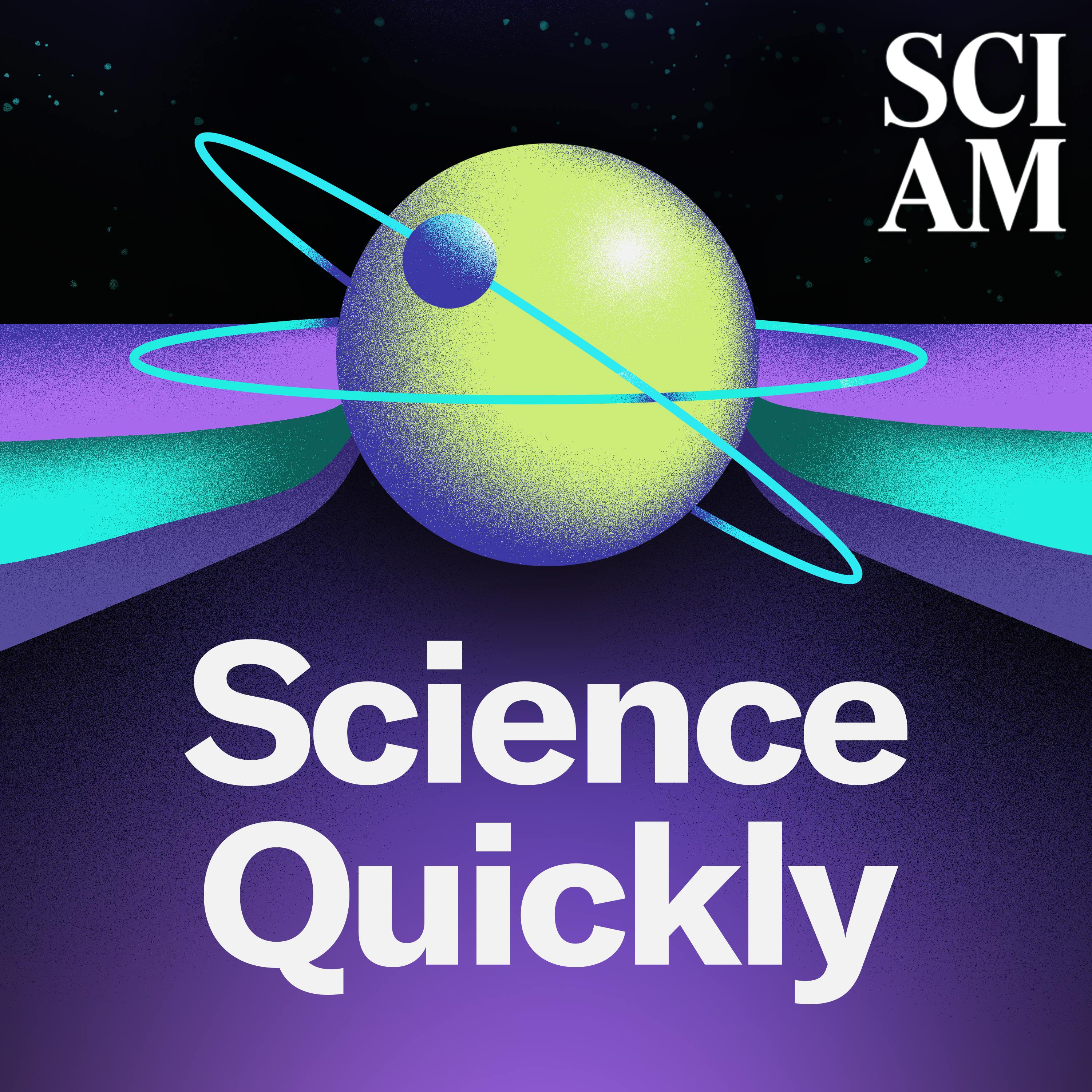
The New Conservationists: AI is Making Meaning from the Sounds and Visuals of Wildlife (Part 2)

Science Quickly
Deep Dive
Why are conservationists turning to machine learning to process nature's complexity?
Conservationists are turning to machine learning because the natural world is incredibly complex, with many unexplained factors influencing animal behavior and population fluctuations. Machine learning helps cut through the statistical noise, expanding the scale of observations and reducing the time needed to find relevant data in large datasets.
How does AI help in monitoring coral reefs?
AI helps in monitoring coral reefs by analyzing audio recordings to identify the unique sounds of healthy reefs. These sounds, which include popping, clicking, and grunting, convey information about the health and biodiversity of the ecosystem. AI can detect changes in these sounds, indicating the degradation of the reef.
What are the benefits of combining different methods of observing coral reefs?
Combining different methods of observing coral reefs, such as traditional scuba diving, acoustic sensors, and video cameras, provides a more comprehensive understanding of the ecosystem. Each method has its biases and blind spots, so combining them helps researchers cover different areas, time periods, and species, leading to more accurate and detailed observations.
How is social media contributing to animal conservation science?
Social media is contributing to animal conservation science by providing a vast number of images of wildlife. These images, often shared by tourists and nature enthusiasts, can be analyzed using machine learning to identify and track individual animals, determine population sizes, and understand their social networks and behaviors.
What is the significance of the algorithm developed by Tanya Berger-Wolf for identifying zebras?
The algorithm developed by Tanya Berger-Wolf for identifying zebras is significant because it can recognize individual zebras from photographs in just two clicks. This automated process, which was previously a time-consuming manual task, allows researchers to quickly and accurately track individual animals, providing valuable data for conservation efforts.
Why is there a need for better biodiversity data?
There is a need for better biodiversity data because more than 10% of the world's species are threatened with extinction, and the exact extent and rate of this loss are not well understood. Better data helps in making more informed conservation decisions and understanding the impacts of climate change and habitat loss on different species.
- AI helps process nature's complexity
- AI expands the reach of observation
- AI reduces the time to find interesting data points in massive datasets
Shownotes Transcript
Ashleigh Papp, an animal scientist turned storyteller, takes us on into the field. Conservationists and animal behaviorists were once restricted to wildlife data gathered manually. Now new technologies are expanding the amount of passively collected data—and machine learning is helping researchers cut through the noise.
This is part two of The New Conservationists, a four-part series about the evolving world of animal conservation.
Recommended reading:
– Flying Conservationists Teach Endangered Birds to Migrate)
– The Last Wild Horses Are Finally Returning to Their Natural Habitat)
– Great Nicobar Island Is a Paradise in Danger)
E-mail us at [email protected]) if you have any questions, comments or ideas for stories we should cover!
Discover something new every day: subscribe) to Scientific American and sign up) for Today in Science, our daily newsletter.
Science Quickly is produced by Rachel Feltman, Fonda Mwangi, Kelso Harper, Madison Goldberg and Jeff DelViscio. This episode was hosted by Rachel Feltman with co-host Ashleigh Papp. Our show is edited by Madison Goldberg with fact-checking by Shayna Posses and Aaron Shattuck. The theme music was composed by Dominic Smith.
Learn more about your ad choices. Visit megaphone.fm/adchoices)